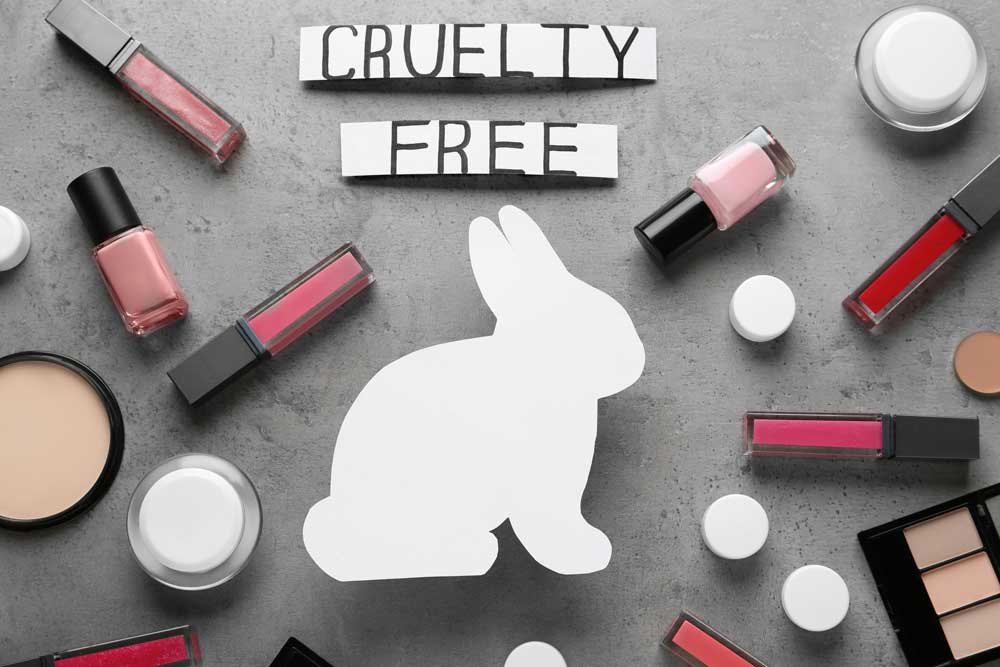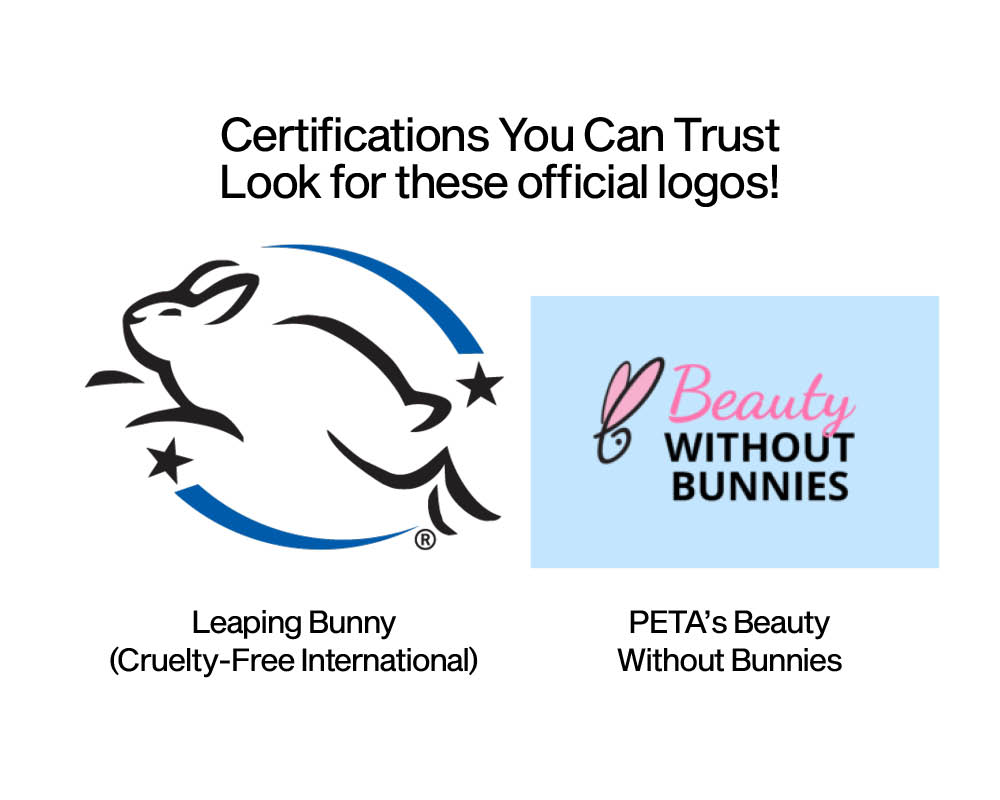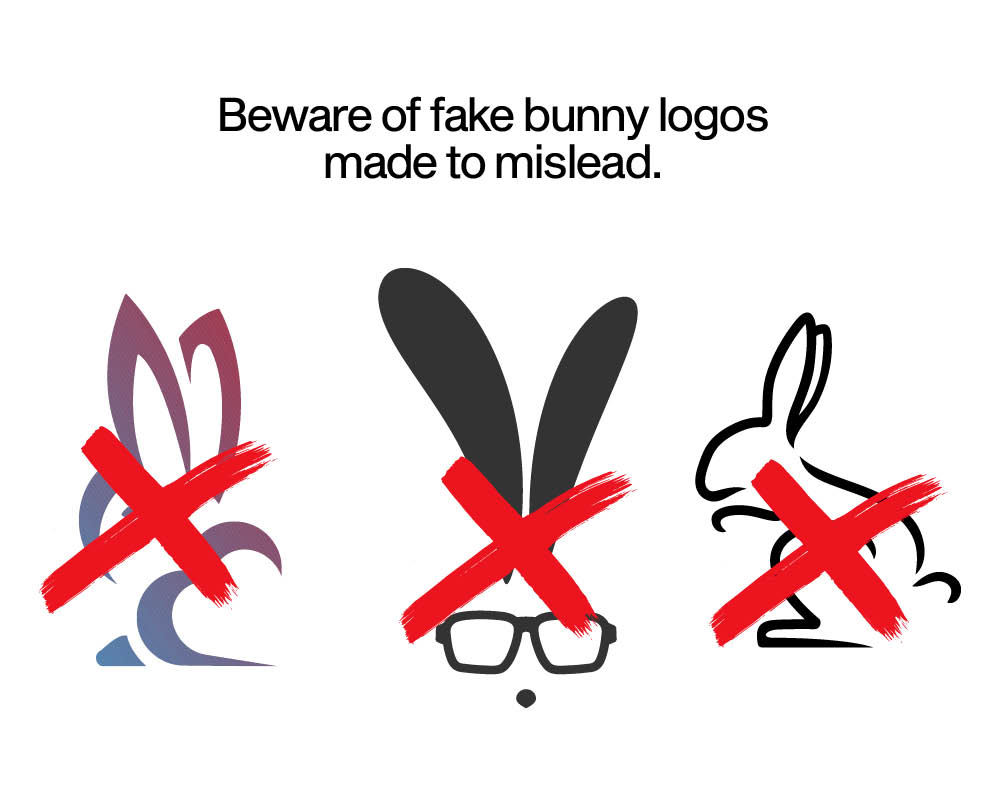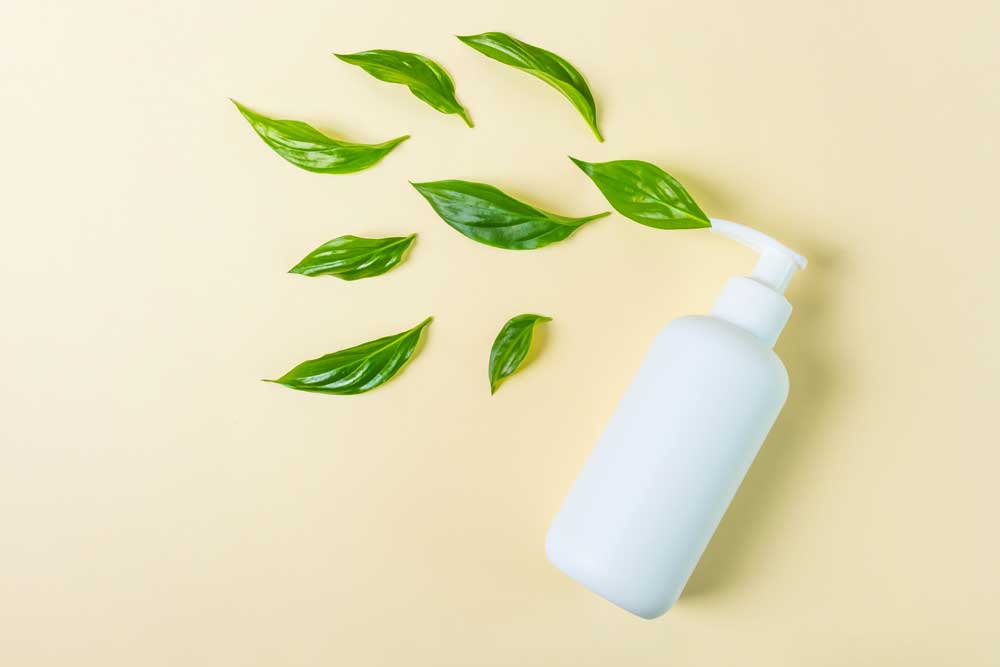From serums to shampoos, makeup to moisturisers, every product in your vanity may come with a backstory you didn’t sign up for- one that involves animals used for testing in laboratories. On World Day for Animals in Laboratories, it’s time we shift focus from just the ingredients on the label to how those products are tested.
The global beauty industry has made major strides, but cruelty-free claims are often misunderstood or misrepresented. So, how do you know if your lipstick didn’t cost an animal its well-being? Let’s decode it.

Image used for representational purposes only.
What Cruelty-Free Really Means
The term cruelty-free generally refers to products that have not been tested on animals at any stage of development. But here’s where it gets tricky: unlike terms like ‘organic’ or ‘natural, ‘cruelty-free’ isn’t legally regulated in most countries. That means brands can use the term quite loosely unless they have an official certification to back it up.
Myth Buster:
A product that says ‘not tested on animals’ isn’t necessarily cruelty-free. It’s a possibility that the ingredients used might have been tested on animals by suppliers.
‘Cruelty-free’ does not always mean vegan. Vegan products contain no animal-derived ingredients, while cruelty-free refers to the testing process.
Trustworthy Certifications To Look For
If you want to be sure your beauty routine isn’t harming animals, look for globally recognised certifications. Here are the most reliable:
Leaping Bunny (Cruelty-Free International): Perhaps the gold standard, this logo ensures that neither the product nor its ingredients were tested on animals.

Image Source: leapingbunny.org, peta.org
PETA’s Beauty Without Bunnies: PETA certifies brands that don’t conduct or commission animal testing. Their list also includes brands that are both cruelty-free and vegan.
Pro Tip: Check the logos carefully as there are a lot of unofficial bunny symbols designed to confuse.

Image used for representational purposes only.
Red Flags to Watch For
Some brands use vague language to make their products sound more ethical than they are. Watch out for:
‘Finished product not tested on animals’ - This could mean the ingredients were.
‘We don’t test unless required by law’ - This usually means the brand sells in mainland China, where animal testing may be mandatory.
Parent companies: Some cruelty-free brands are owned by companies that do test on animals. This is a personal call as some consumers still support the cruelty-free subsidiary and others don’t.
Easy Cruelty-Free Swaps to Start With
If you're looking to make your beauty routine more ethical, here are a few simple swaps with brands available in India:
Category Swap It With
Cleanser Plum Goodness, Aminu
Moisturiser Old School Rituals, Earth Rhythm
Makeup Disguise Cosmetics, Daughter Earth, Kiro Beauty
Shampoo Forest Essentials, Moxie Beauty

Image used for representational purposes only.
Remember to always double-check with the brand’s website or refer to official cruelty-free databases like Cruelty-Free Kitty or Logical Harmony.
The Bigger Picture
Making cruelty-free choices isn’t just about switching products- it’s about becoming a more conscious consumer. Every rupee you spend is a vote for the kind of practices you support. As demand grows for transparent and ethical practices, brands will be pushed to prioritise compassion over convenience.
This World Day for Animals in Laboratories, take a few minutes to do a vanity audit. Check your labels, swap your basics, and support brands that share your values.
Because beauty should never come at the cost of kindness.